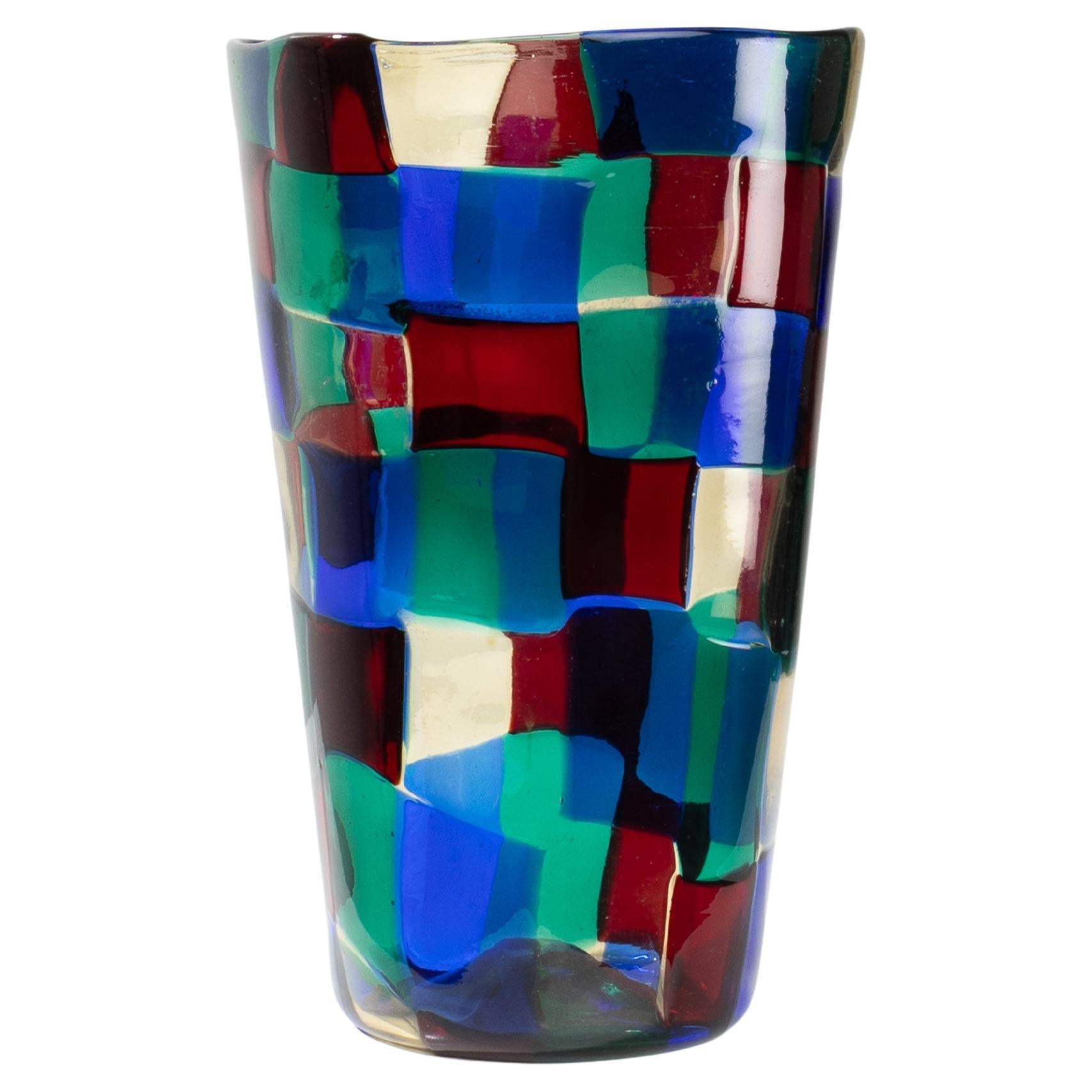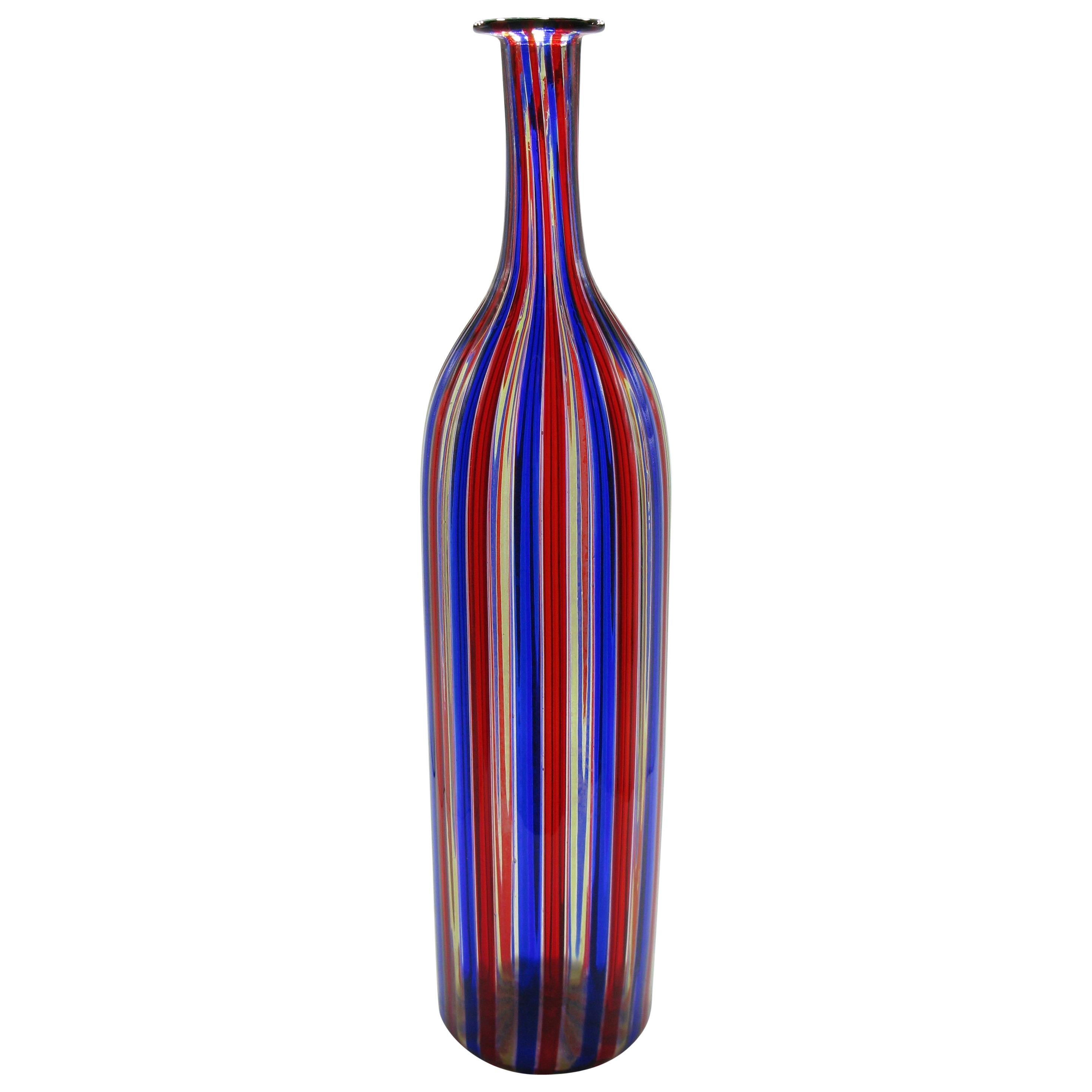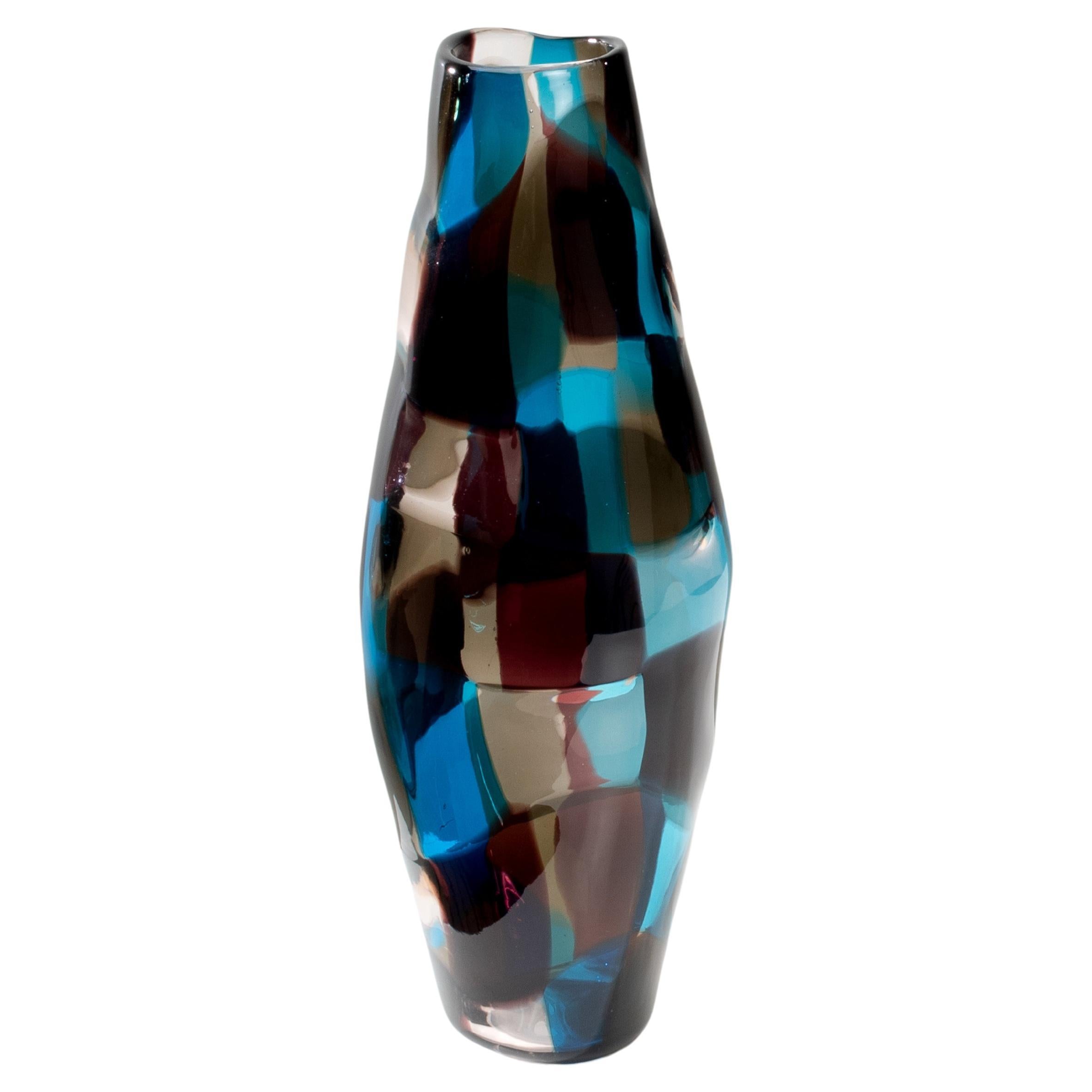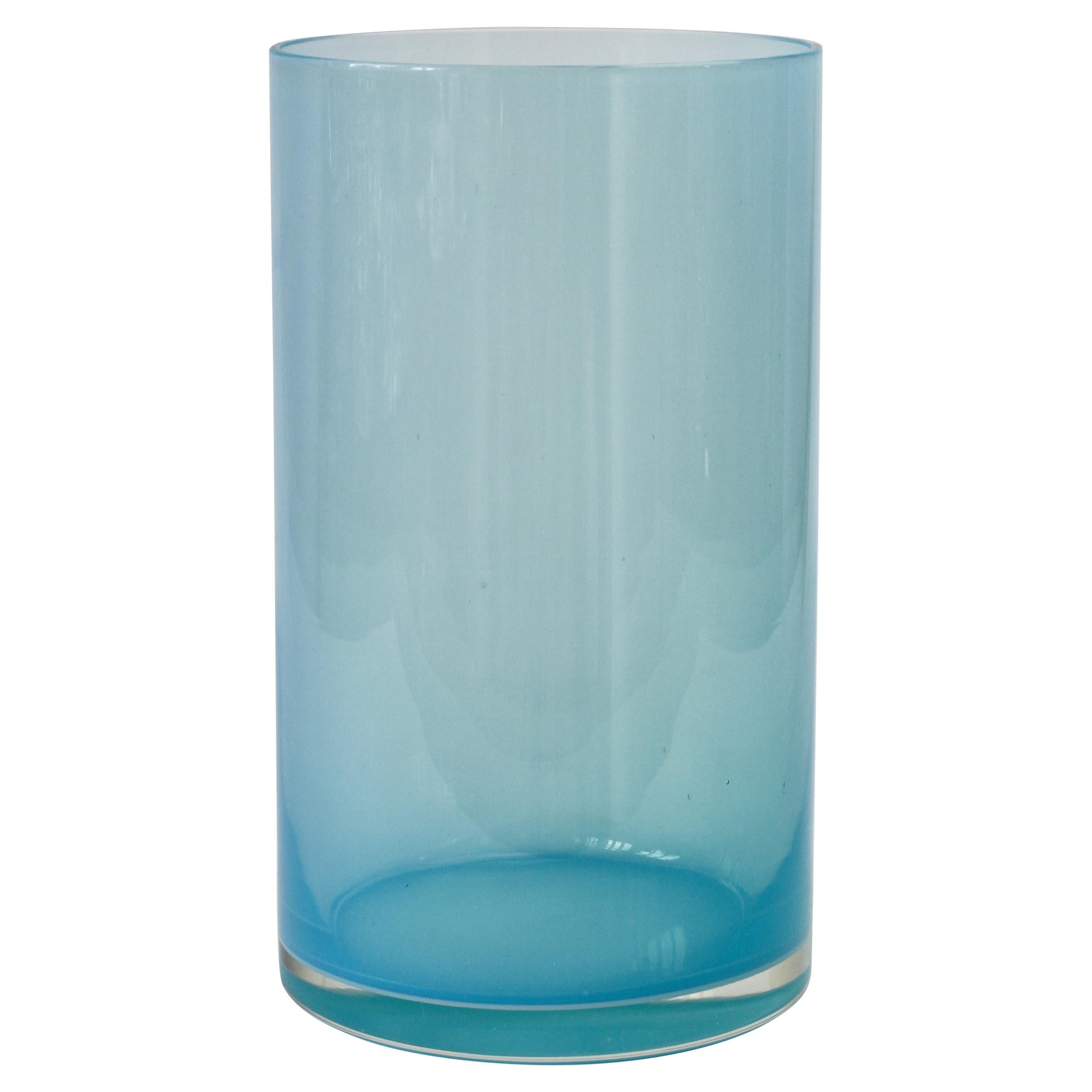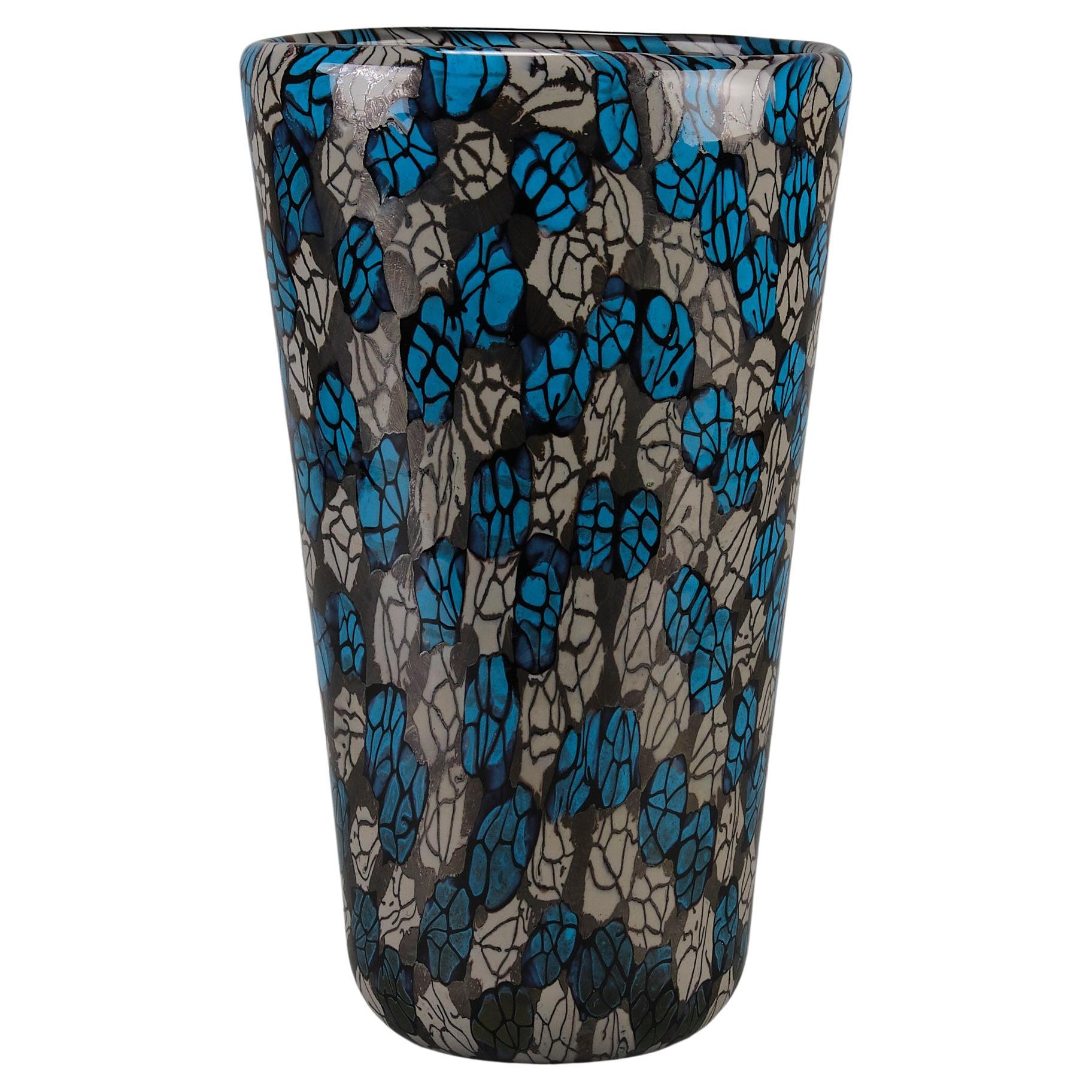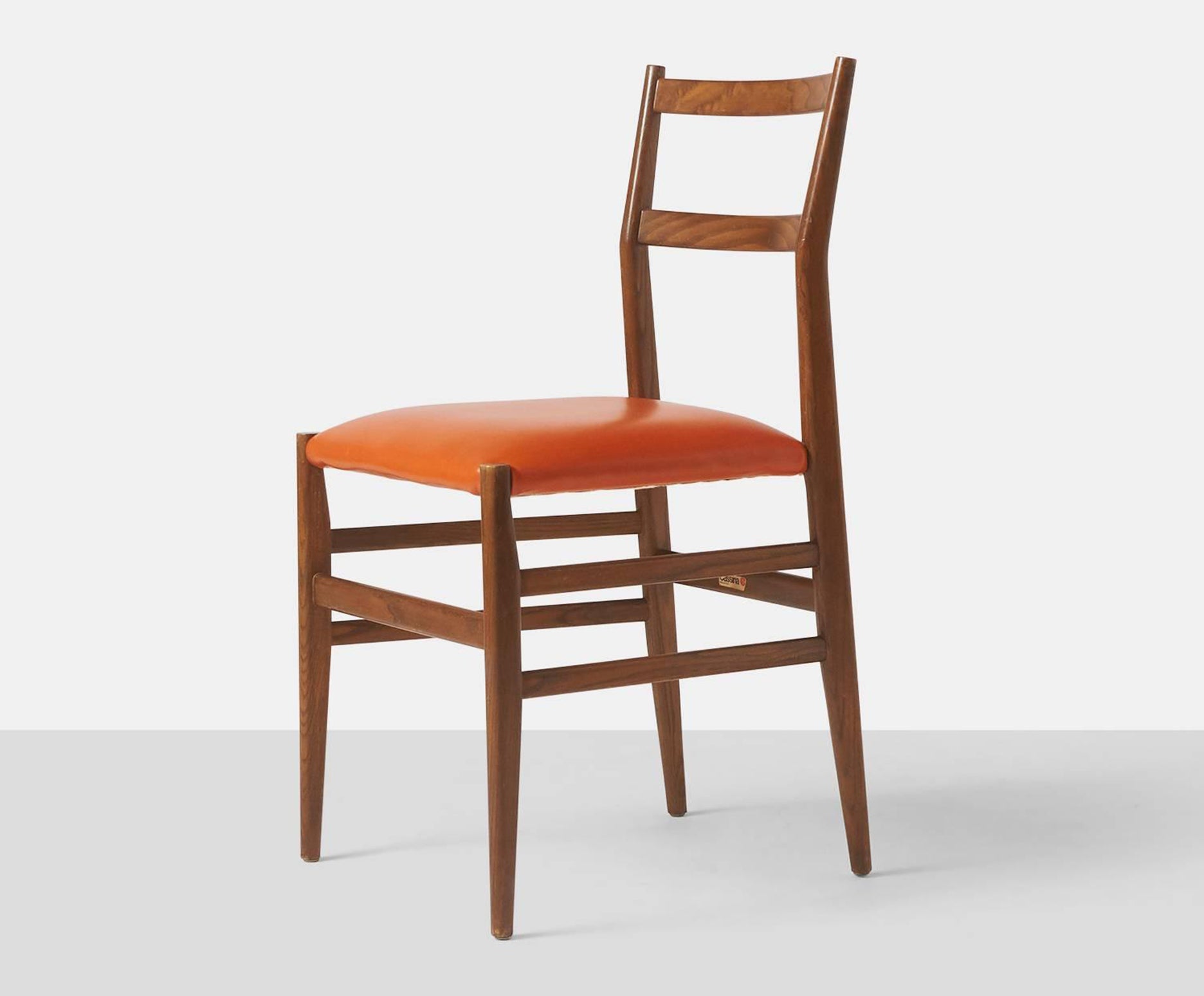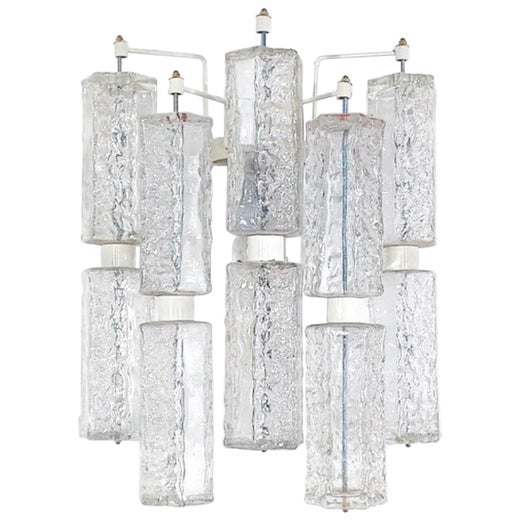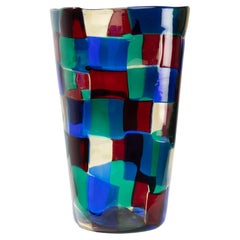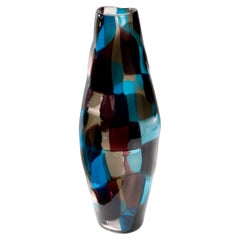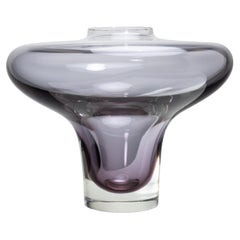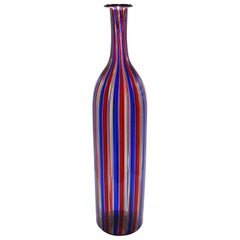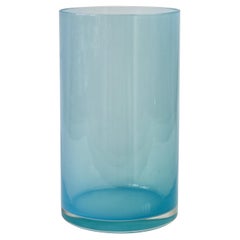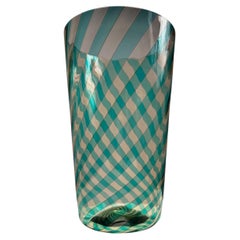A Canne Murano glass vase by Gio Ponti, Venini Murano Italy
About the Item
- Creator:
- Design:
- Dimensions:Height: 9.14 in (23.2 cm)Diameter: 6.5 in (16.5 cm)
- Style:Mid-Century Modern (Of the Period)
- Materials and Techniques:
- Place of Origin:
- Period:
- Date of Manufacture:The model designed in 1946 - 1947
- Condition:Wear consistent with age and use. “A Canne” Murano glass vase by Gio Ponti, Venini Murano Italy (Founded in 1921). Murano glass vase made up of six alternating colored “canes”. The colors are: Red, Green, Mole Gray, Sapphire, Amethyst and Straw. Referenced in the Venini archives unde.
- Seller Location:Uccle, BE
- Reference Number:Seller: UI02_121stDibs: LU2994343887172
Leggera
The Leggera chair is as striking on its own as it is in any setting, which is just as Giò Ponti (1891–1979) intended.
The gifted Milanese architect — who also designed, taught and wrote — studied architecture at the esteemed Polytechnic University of Milan, graduating in 1921. A stint in an architectural office followed, as did award-winning porcelain designs for Richard Ginori. In 1928, Ponti launched the revered design journal Domus, promoting the Novocento movement, which decried the “fake antique” and “ugly modern” in architecture and design. This was very much in line with Ponti’s own distinct style, which united the historical classicism of Italy with a modern ideal. The furniture maker’s work to this day exudes that spirit of innovation and timelessness, just as it did with the Leggera chair.
Ponti brought new meaning to traditional Italian country furniture with the 1952 Leggera chair and the Superleggera that followed — specifically, he looked to the simple but well-known chairs designed in Chiavari, a nearby fishing village, for inspiration. The Leggera’s gently tapering legs, ladder back and cane seat are features that render it easily recognizable to any collector. And like most of Ponti’s furniture, its tapering supports and lightweight ashwood frame — leggera is Italian for “light” — give it a ballerina-like appearance, as if the chair is dancing on its toes. First produced by Cassina, the Leggera also represented a bold step in its reductionist construction. The frame of the chair was pared down to its most essential lines, offering the illusion of weightlessness, like Ponti’s best work.
Venini
Beginning in the 1930s — and throughout the postwar years especially — Venini & Co. played a leading role in the revival of Italy’s high-end glass industry, pairing innovative modernist designers with the skilled artisans who created extraordinary chandeliers, sconces and other lighting in the centuries-old glass workshops on the Venetian island of Murano.
While the company’s co-founder, Paolo Venini (1895–1959), was himself a highly talented glassware designer, his true genius was to invite forward-thinking Italian and international designers to Murano’s hallowed workshops to create Venini pieces — among them Gio Ponti, Massimo Vignelli, Finnish designer Tapio Wirkkala, Thomas Stearns of the United States and Fulvio Bianconi.
Paolo Venini trained and practiced as a lawyer for a time, though his family had been involved with glassmaking for generations. After initially buying a share in a Venetian glass firm — he and antiques dealer Giacomo Cappellin established Vetri Soffiati Cappellin Venini & C. in 1921 — Venini took over the company as his own in 1925, and under his direction, it produced mainly classical Baroque designs.
In 1932, Venini hired the young Carlo Scarpa— who would later distinguish himself as an architect — as his lead designer. Scarpa, working in concert with practiced glass artisans, completely modernized Venini, introducing simple, pared-down forms; bright primary colors; and bold patterns such as stripes, banding and abstract compositions that utilized cross sections of murrine (glass rods).
Paolo Venini’s best designs are thought to be his two-color Clessidre hourglasses, produced from 1957 onward, and the Fazzoletto (“handkerchief”) vase, designed with Bianconi in 1949. Bianconi’s masterworks are considered by many to be his Pezzato works — colorful vases with patterns that resemble those of a patchwork quilt.
Other noteworthy and highly collectible vintage Venini works include Ponti’s dual-tone stoppered bottles (circa 1948); rare glass sculptures from the Doge series by Stearns, the first American to design for the firm; Vignelli’s striped lanterns of the 1960s; the Occhi vases with eyelet-shaped patterns by Tobia Scarpa (son of Carlo); and, with their almost zen purity, the Bolle (“bubbles”) bottles designed by Wirkkala in 1968.
With these works — and many others by some of the creative titans of the 20th and 21st centuries — Venini has produced one of the truly great bodies of work in modern design.
Find antique and vintage Venini chandeliers, serveware, table lamps, decorative objects and other furniture on 1stDibs.
- ShippingRetrieving quote...Shipping from: Uccle, Belgium
- Return Policy
More From This Seller
View AllMid-20th Century Italian Mid-Century Modern Vases
Blown Glass
Mid-20th Century Italian Mid-Century Modern Vases
Blown Glass
Mid-20th Century Italian Mid-Century Modern Vases
Blown Glass
Vintage 1950s Italian Mid-Century Modern Vases
Art Glass, Murano Glass
Vintage 1950s Italian Mid-Century Modern Vases
Art Glass, Murano Glass
Mid-20th Century Italian Mid-Century Modern Vases
Blown Glass
You May Also Like
Late 20th Century American Mid-Century Modern Bottles
Blown Glass
Mid-20th Century Italian Mid-Century Modern Vases
Murano Glass
Vintage 1980s Italian Mid-Century Modern Vases
Blown Glass, Murano Glass
Late 20th Century Italian Mid-Century Modern Vases
Glass
Early 2000s Italian Modern Vases
Glass
Vintage 1960s Italian Mid-Century Modern Vases
Glass, Art Glass
Read More
Billy Cotton Layers His Interiors with Lived-In Comfort
The Brooklyn-based designer is adept at styles ranging from austere to over-the-top, espousing an architectural, detail-oriented approach also evident in his line of furniture and lighting.
Barnaba Fornasetti’s Hallucinatory House Has His Father’s Spirit
Behind a nondescript facade in northeastern Milan is the magical residence of Barnaba Fornasetti. It's a shrine to the style developed by his design-legend father, which still defies categorization.
